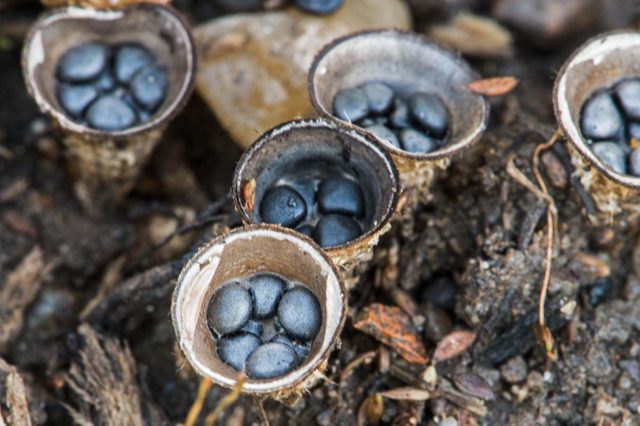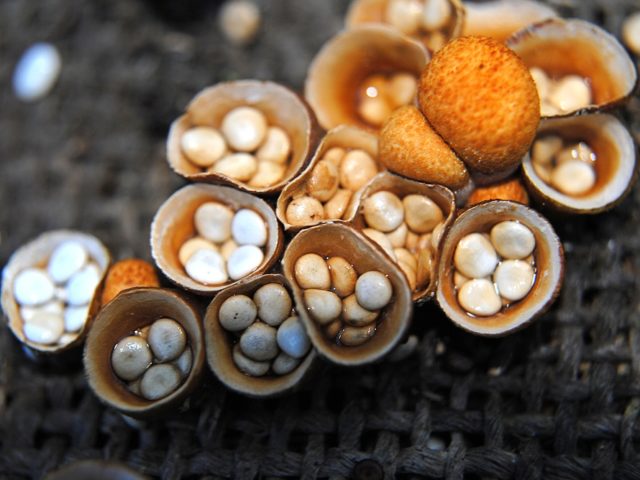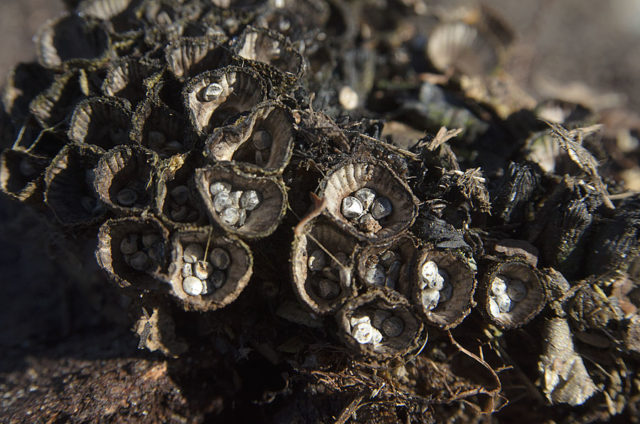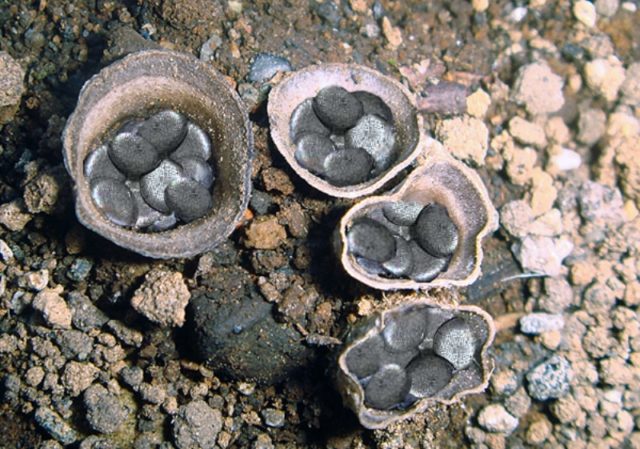Content
Olla's glass is an inedible species of the Champignon family. It has a peculiar appearance, grows on woody and deciduous substrates, in the steppes, in forcing, meadows. Fruiting from May to October in large heaped families. Since the mushroom is not eaten, you need to know the external characteristics, view photos and videos.
Where does Oll's glass grow
Olla's glass prefers to grow on a grassy, rotten substrate among coniferous and deciduous trees. The species is distributed throughout Russia, bears fruit in large families all summer. It can be found in greenhouses, in favorable conditions it grows in winter.
What does Oll's glass look like?
Acquaintance with the mushroom must begin with external characteristics. The fruit body in young specimens has an oblong or spherical shape; as it grows, it stretches and becomes bell-shaped or takes the form of an inverted cone. This representative is small in size: the width of the fruiting body reaches 130 mm, the height is 150 mm. The velvety surface is painted in a light coffee color. With age, the membrane covering the upper part of the fruiting body breaks through and the inner part of the fungus, lined with peridium, is exposed.
The smooth and glossy peridium is dark brown or black. Attached to the inner, wavy part are rounded peridiols with a diameter of 0.2 cm, containing ripening spores.

The mushroom has an unusual shape and color
The rounded-angular peridiols have a transverse color, but as they dry they become snow-white. Peridium is attached to the inside with mycelium threads.
The flesh of Oll's glass is absent, the fruit body is thin and tough. Smooth, oblong spores are colorless.
If you look at the mushroom from above, you might think that no more than 3-4 peridoli can be placed in a glass. But if the fruit body is cut, then you can see that they are placed in tiers, and there are about 10 of them.

Peridioli are placed in layers
Is it possible to eat a glass of Oll
Oll's glass is an inedible representative of the mushroom kingdom. The mushroom is not used in cooking, but it is great for creating beautiful photographs.
Doubles
Oll's glass, like any forest dweller, has similar counterparts. These include:
- Striped - an inedible specimen with an unusual appearance. The fruiting body does not have a division into a cap and a stem, it is a velvety ball, which, as it grows, straightens and takes the shape of a glass. The outer surface is colored brownish-red. The spore layer covers the entire inner surface and is a storehouse for maturing spores, which resemble small chestnuts in appearance. A rare specimen, found in coniferous and deciduous forests, chooses decaying foliage and wood as a substrate. Fruits in small groups throughout the warm period.
- Dung - refers to the inedible representatives of the forest kingdom. The mushroom is miniature in size, resembling a glass or an inverted cone.Prefers to grow in fertile soil, found on dung heaps. The mushroom differs from Oll's glass in size, darker peridiolims, which do not fade when dried. Prefers high humidity, so it can be found in large families in early spring and late autumn. The enzymes of this forest dweller are used for making paper and recycling grass and straw. The fruit body contains antioxidants, in folk medicine it is used for epigastric pain.
- Smooth - an inedible, original mushroom, a relative of the champignon. According to external data, there is no similarity, since the fruit body at the smooth glass resembles an inverted cone. Spores are found in peridia, which are located on the upper surface of the fungus. White or brown flesh is tough, firm, tasteless and odorless. In case of mechanical damage, the color does not change, the milky juice is not released. Grows in mixed forests on fallen leaves and decaying wood. Fruiting in numerous specimens from June to the first frost.
Conclusion
Oll's glass is an unusual, inedible representative of the mushroom kingdom. It can be found on rotting substrate and dead wood roots. During the opening of the top layer, peridiols appear, resembling chestnut or coffee beans in shape.











